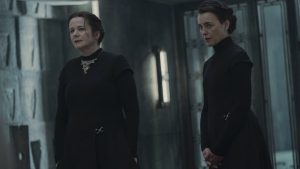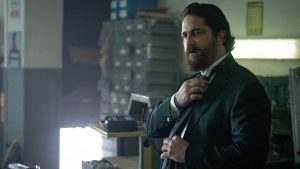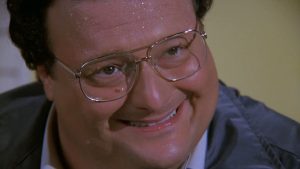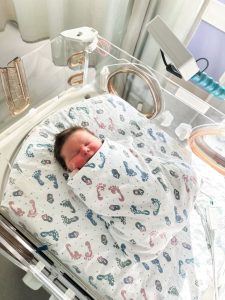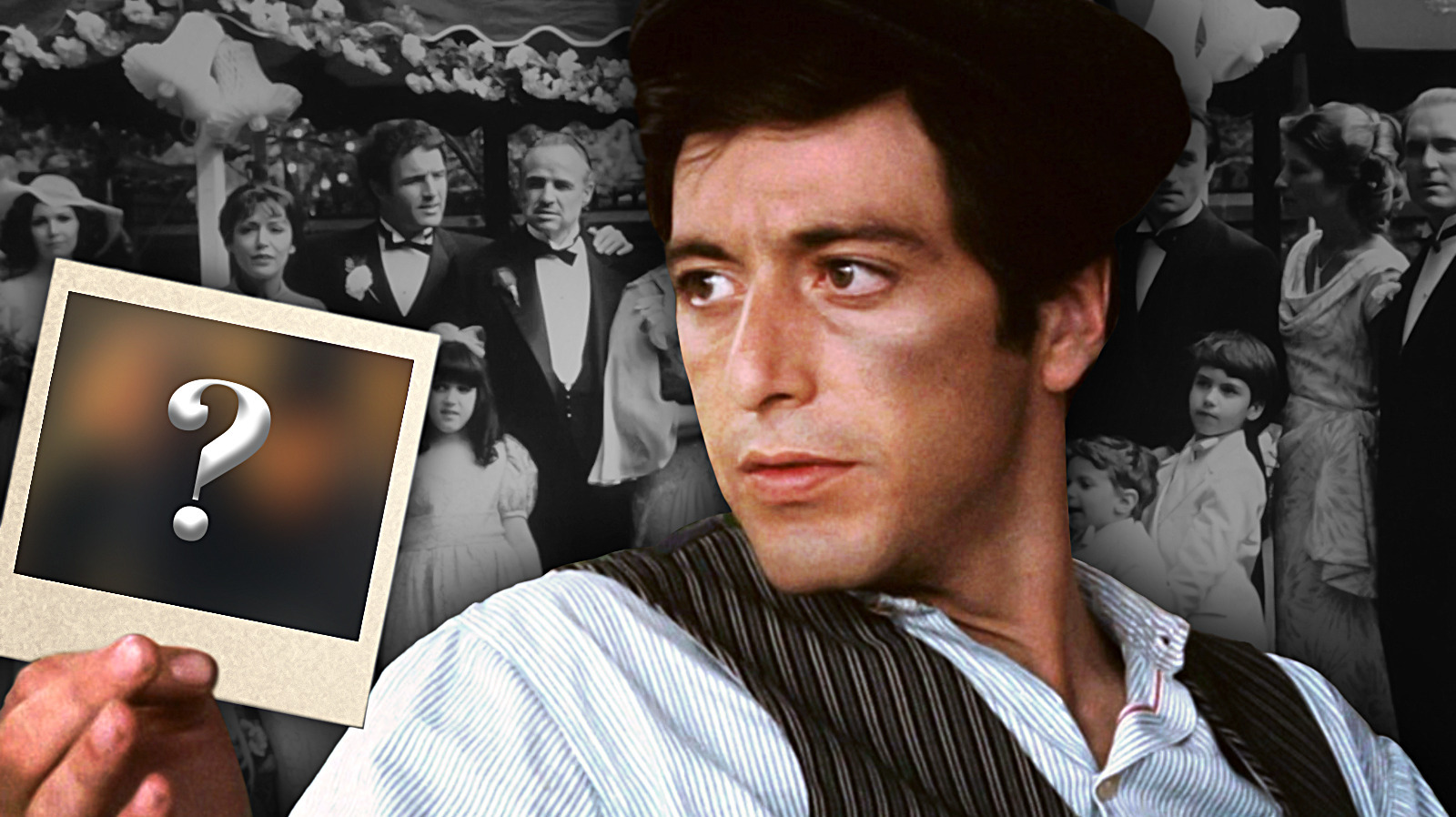
Al Pacino’s Near Departure from The Godfather: The Scene That Changed Everything
The Godfather stands as one of cinema’s most treasured masterpieces, a film whose production saga has captivated audiences for decades. Directed by Francis Ford Coppola, it wasn’t just the cinematic brilliance that captured hearts; it was the sheer struggle behind the scenes that shaped the film’s legacy. The challenges Coppola faced in realizing his vision have become part of Hollywood lore, sparking interest even in modern adaptations like the 2022 series The Offer.
At the time of The Godfather’s creation, Coppola was still an emerging filmmaker fighting to realize the film he envisioned. One of his major battles was with the studio, Paramount Pictures, regarding the casting. While today’s audiences can’t picture anyone besides Pacino as Michael Corleone, convincing studio executives that Pacino was the right choice was no easy feat. Al Pacino was a fresh face in Hollywood, having garnered attention primarily through theater and his early roles, including a notable performance in 1971’s The Panic in Needle Park. Despite an Oscar nomination, he remained an unknown quantity to many.
As filming progressed, both Pacino and Coppola faced mounting pressure, including the real possibility of Pacino being replaced. The tension culminated in an honest assessment from Coppola, who confronted Pacino, stating that he wasn’t meeting expectations. Pacino found himself watching early footage, grappling with the knowledge that he might soon be ousted from the project. The quiet approach he had meticulously crafted for Michael was failing to impress the studio.
To navigate this precarious situation, Coppola took a decisive step. In a bold move that might have been a gamble to save Pacino’s job, he shifted the film’s shooting schedule to highlight more action-driven scenes. At the heart of this decision was the pivotal restaurant scene, one that illustrates Michael’s critical transition into the criminal world. Following the assassination attempt on his father, Vito Corleone, Michael prepares for a meeting with rival mobster Sollozzo and a corrupt police officer, McCluskey. What was meant to be a safe meeting for Michael soon spirals into a scene of shocking violence.
In this crucial moment, Pacino’s performance is chillingly effective. As Michael, he wrestles with fear and determination, embodying the internal conflict as he contemplates murder for the first time. The tension builds to a fever pitch, captured expertly by the camera focusing closely on Pacino’s face, reflecting the complexity of his character’s emotions. When he finally executes his plan, the scene not only serves as a catalyst for Michael’s transformation but also plays a crucial role in securing Pacino’s place in the film.
Following this performance, the studio executives realized Pacino’s potential. The intensity and depth he brought to that scene marked a turning point, solidifying his role in the film and ensuring that he would continue as Michael Corleone. His commitment to portraying Michael as an enigmatic figure ultimately paid off, with The Godfather achieving monumental success and cultural significance that resonates to this day. Al Pacino would go on to reprise his role in both The Godfather Part II and Part III, etching Michael Corleone’s legacy into film history.
